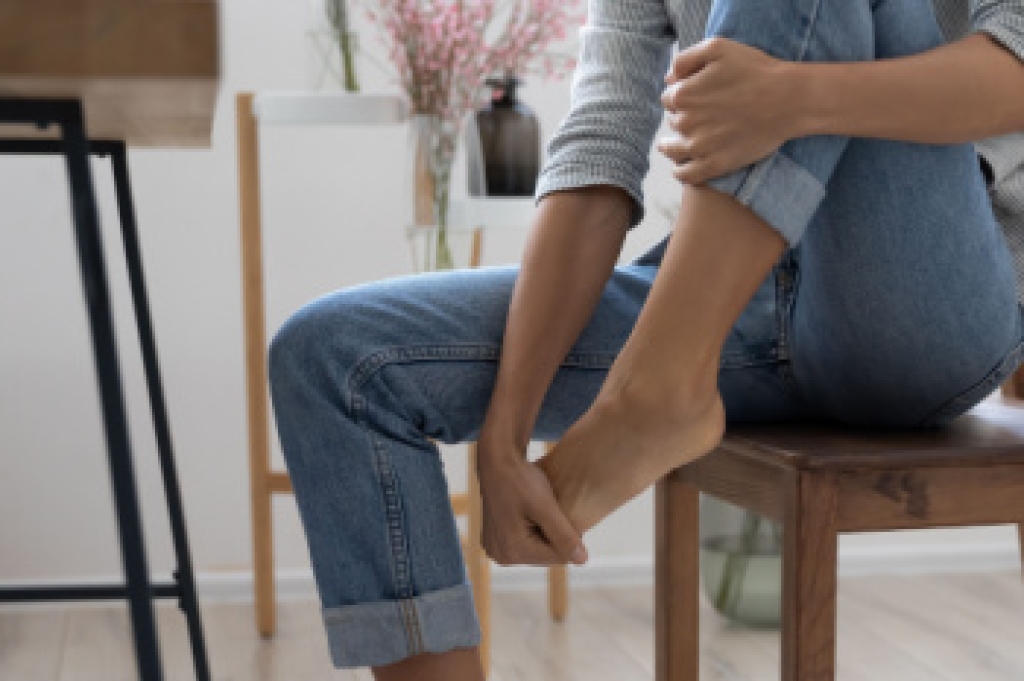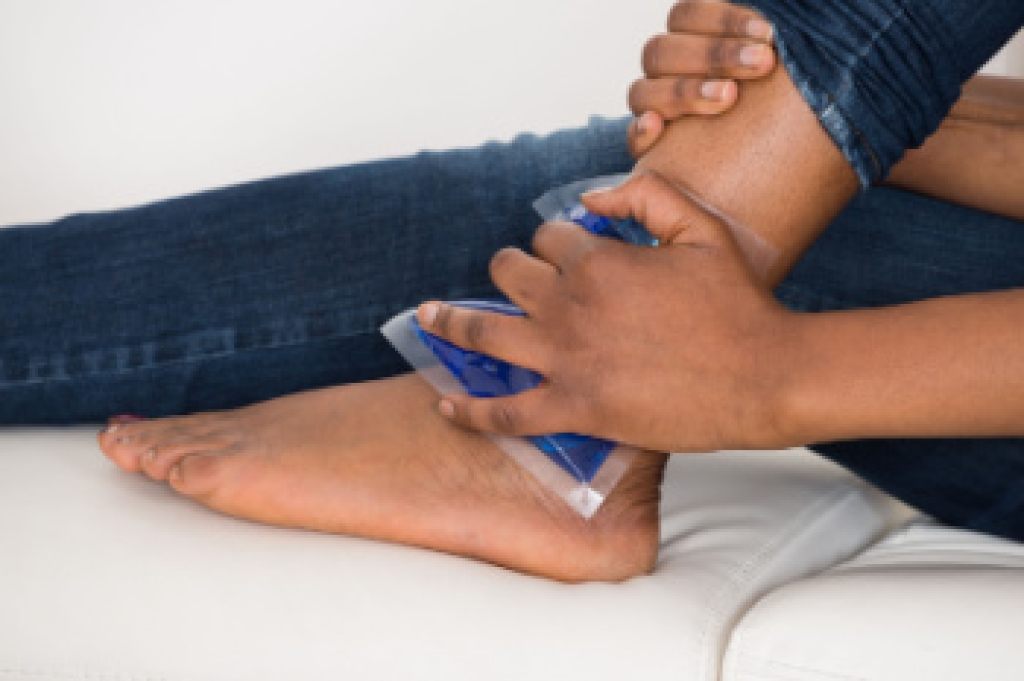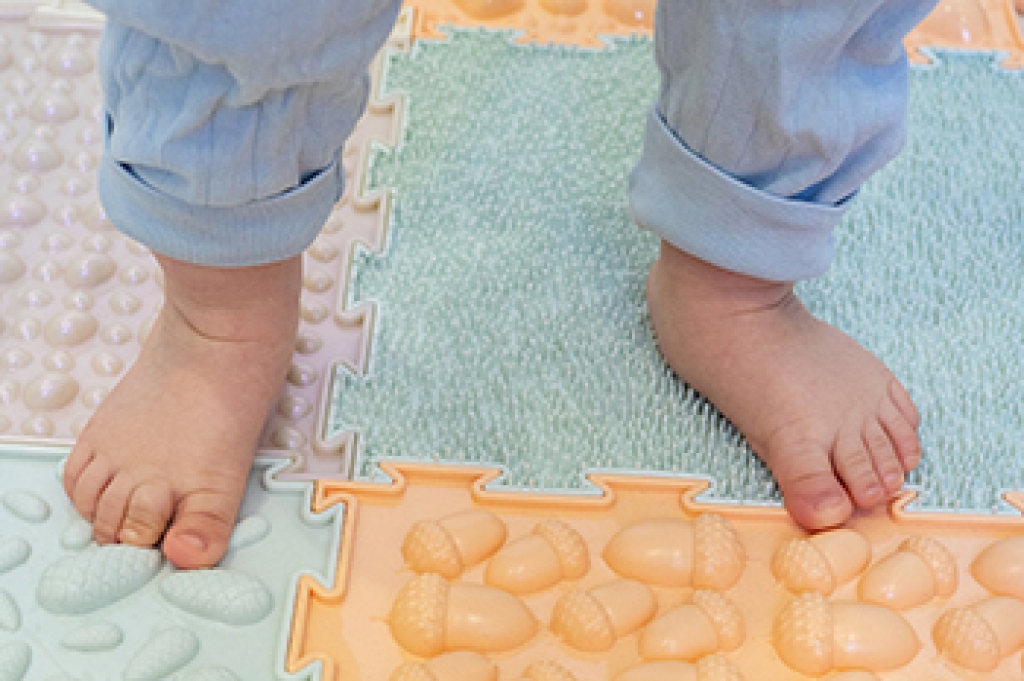
Toe pain can occur for several reasons including underlying medical conditions or injuries. One common cause is arthritis, particularly osteoarthritis or rheumatoid arthritis, which leads to inflammation and stiffness in the toe joints. This can result in pain, swelling, and difficulty moving the toes. Injuries, such as sprains, fractures, or bruises, can also cause toe pain, often accompanied by swelling, bruising, and tenderness. Additionally, nerve problems like neuropathy can contribute to toe pain. Nerve damage can cause sensations of tingling, burning, or sharp pain and is commonly associated with conditions like diabetes. Another common cause of toe pain is bunions, which occur when the joint at the base of the big toe becomes misaligned. Other conditions, such as gout, hammertoes, and ingrown toenails can lead to toe discomfort. If you are experiencing toe pain, it is suggested that you consult a podiatrist who can determine the cause and offer viable treatment solutions.
Toe pain can disrupt your daily activities. If you have any concerns, contact Dr. Castillo of Bronx Foot Care. Our doctor can provide the care you need to keep you pain-free and on your feet.
What Causes Toe Pain?
Most severe toe pain is caused due to a sports injury, trauma from dropping something heavy on the toe, or bumping into something rigid. Other problems can develop over time for various reasons.
Toe pain can be caused by one or more ailments. The most common include:
- Trauma
- Sports injury
- Wearing shoes that are too tight
- Arthritis
- Gout
- Corns and calluses
- Hammertoe
- Bunions
- Blisters
- Ingrown toenails
- Sprains
- Fractures (broken bones)
- Dislocations
When to See a Podiatrist
- Severe pain
- Persistent pain that lasts more than a week
- Signs of infection
- Continued swelling
- Pain that prevents walking
Diagnosis
In many cases the cause of toe pain is obvious, but in others, a podiatrist may want to use more advanced methods to determine the problem. These can range from simple visual inspections and sensation tests to X-rays and MRI scans. Prior medical history, family medical history, and any recent physical traumatic events will all be taken into consideration for a proper diagnosis.
Treatment
Treatments for toe pain and injuries vary and may include shoe inserts, padding, taping, medicines, injections, and in some cases, surgery. If you believe that you have broken a toe, please see a podiatrist as soon as possible.
If you have any questions please feel free to contact our offices located in Bronx, NY Yonkers, NY . We offer the newest diagnostic tools and technology to treat your foot and ankle needs.




